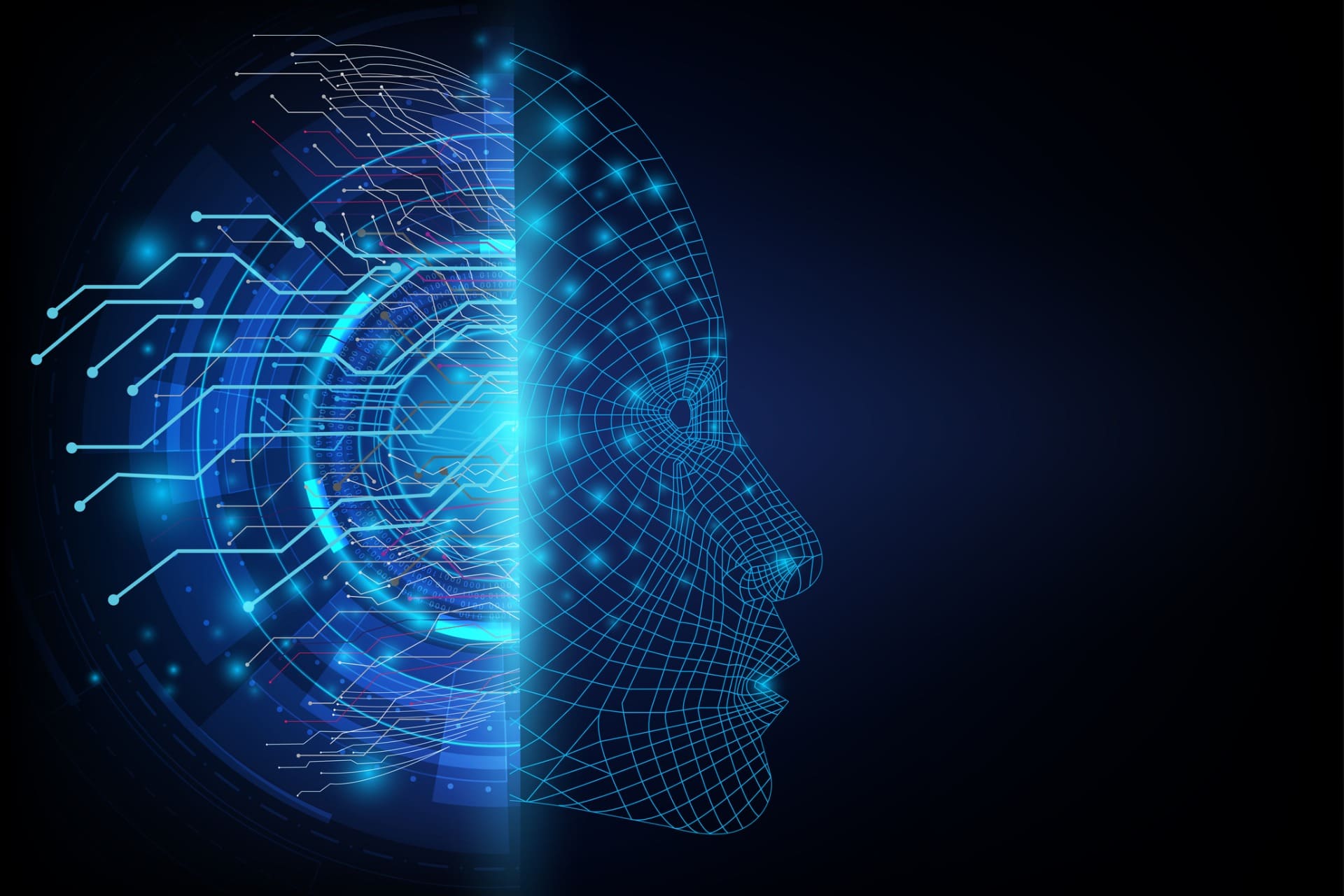This is the eleventh of our 12 Days of Handbook Updates that take you through 12 important topics for employers as we round out the year.
Artificial Intelligence (AI) is reshaping the landscape of employment, streamlining processes, and enhancing decision-making. However, President Biden's recent executive order and "Blueprint for an AI Bill of Rights" serve as a crucial reminder that the unbridled use of AI in employment may inadvertently lead to discrimination.
President Biden's executive order, signed Oct. 30, 2023, discusses the role of AI in America’s future, and specifically discusses concerns about AI in the workplace. The executive order shares a number of concerns about AI’s use in the workforce, including worsening job quality, encouraging undue worker surveillance, and lessening market competition. And a major concern discussed in the executive order as well as in President Biden’s "Blueprint for an AI Bill of Rights" (Blueprint) is how AI’s algorithm could lead to inadvertent discrimination, particularly when it comes to hiring practices.
The Blueprint sheds additional light on how the use of AI could lead to discriminatory practices: “Algorithmic discrimination occurs when automated systems contribute to unjustified different treatment or impacts disfavoring people based on their race, color, ethnicity, sex (including…other classification[s] protected by law.[)] Depending on the specific circumstances, such algorithmic discrimination may violate legal protections.”
The executive order tasks several executive departments with helping employers mitigate the harms and maximize the benefits of AI in the workplace by providing “guidance to prevent employers from undercompensating workers, evaluating job applications unfairly, or impinging on workers’ ability to organize.”
For now, employers are encouraged to look at their hiring/application processes and see if AI plays a role. If so, ensure its use is not unintentionally discriminating against classes of applicants. Furthermore, employers should reflect on how AI is currently being used in the workplace and if a handbook policy limiting its use or providing guidelines is needed.
Some employers may be surprised to learn employees are already integrating AI into their everyday work. For example, ChatGPT drafted a paragraph in this post. Can you tell which one?














